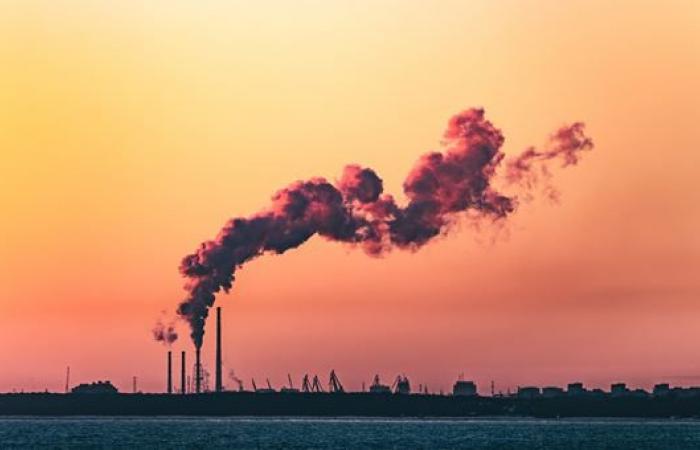
(Teleborsa) –
The study presented today highlights how Germany And Italy will miss their climate targets by a substantial gap (10 and 7.7 percentage points respectively)1. As a result, they could consume all the surplus credits available to other countries. Germany alone will need 70% of the available credits. Other countries not compliant with emissions reduction targets will find themselves without credits to purchase. This is a situation that could give rise to legal disputes.
If the allowances were to trade at 129 euros (the carbon price forecast by Bloomberg in the ETS sectors in 2030), Italy, with a deficit of 120 million credits, will have to pay 15.5 billion euros to countries that have accumulated emission credits. Germany could do even worse, accumulating a debt of 16.2 billion. But the two countries can still achieve their goals by implementing new measures to increase the spread of vehicles electricalincrease efficiency in the residential sector and more.
Countries that do not meet the targets can purchase credits by those who reach them. The price of credits is decided bilaterally between countries. But T&E warns that without immediate action, there will be a credit shortage as too many countries fail to reduce their emissions in line with targets. target assigned on a national basis. This could lead to a bull auction for credits in 2030, resulting in higher prices.
(Photo: Marek Piwnicki on Unsplash)





